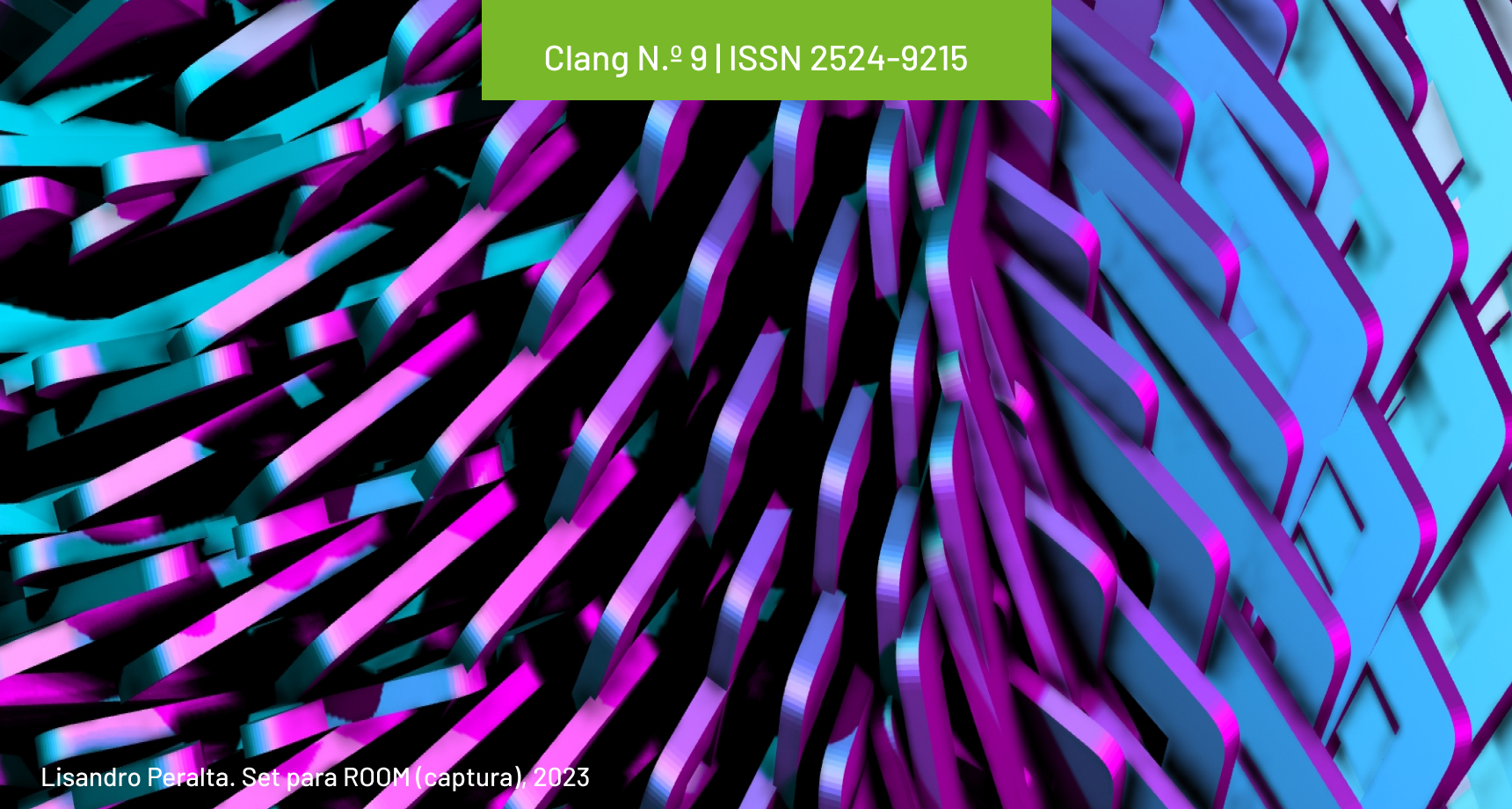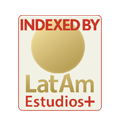Musotto in Practice
Un análisis de claves en Civilização & Barbarye
DOI:
https://doi.org/10.24215/25249215e038Keywords:
Claves, Afro Latinoamerican Music, Decolonial TheoryAbstract
One of the problems that resonates in Latin American popular music studies is the lack of analysis categories designed from and for this from and for certain productions. The relationship between musical components and communities’ ways of life, beliefs and knowledge, where specific artistic productions are or have been gestated, is not taken into account when an analysis of Afro-derived music is carried out. Before his physical disappearance, a proposal from a decolonial and afro-centered perspective was developed by Ramiro Musotto in his Theory of Claves and Hidden Series. We will analyze one of his pieces of music based on this rhythmic conceptualization, and we will try to broaden our perspective, putting into play not only the musical but also the epistemological aspects of the Afro-Brazilian communities on which Musotto based his work.Downloads
References
Belinche, D. y Larrègle, M. E. (2006). Apuntes sobre apreciación musical. Edulp.
Colli A. Composición rítmica lineal y contrapunto rítmico en la enseñanza universitaria (pp. 149– 156). En Tejeda, (ed.). (2022). «Le cayó la gota fría» Formación, trabajo y economías de la música popular en América Latina. Actas del XIV Congreso de la Rama Latinoamericana de la IASPMAL. Santo Domingo: IASPM-AL. https://iaspmal.com/index.php/2022/08/27/actas-anais-xivcongreso-iaspm-al-medellin-colombia-2020/
Corti, B. y Mellid, L. (septiembre de 2022). Civilização & barbarye. La intersección de lo contrapuesto según Ramiro Musotto. [Objeto de conferencia]. XV Congreso de la IaspmAL, Instituto de Música de la PUCV, Valparaíso, Chile.
Gilroy, P. ([1993] 2014). Atlántico negro: Modernidad y doble conciencia. Madrid, España: Ediciones Akal.
IIEt Audiovisual (6 de agosto de 2021). Primeras Jornadas GEMAA, Apertura y Mesa 1: Danzas Afro de Simbología de Orixás [Archivo de video]. Youtube. https://www.youtube.com/live/OGYfYdSrqDY?feature=share
Leite, L. (2017). Rumpilezzinho - Laboratorio Musical de Jovens. Relato de uma experiencia. LeL Produção Artística.
Ouro Preto, F. (2020). Emicida: É tudo para ontem [Película] Netflix https://www.netflix.com/title/81306298
Polemann, A. (2013). La versión en la música popular. Arte e investigación (9), 95-101. Rivera Cusicanqui, S. (2010). Ch’ixinakax utxiwa: una reflexión sobre prácticas y discursos descolonizadores. Tinta Limón.
Rufino, L. (2016). Performances afro-diaspóricas e decolonialidade: o saber corporal a partir de Exu e suas encruzilhadas. Revista Antropolítica, (40), 54-80.
Seminara, C. (2021). Curtir el Cuero. Propuestas pedagógicas desde el tambor latinoamericano. UNR Editora.
Small, Ch. (1999). El Musicar: Un ritual en el Espacio Social. Revista Trans (4). https://www.sibetrans.com/trans/article/252/el-musicar-un-ritual-en-el-espacio-social
PercuFest (19 de marzo de 2021). Santiago Vázquez - Teoría de claves rítmicas. [Archivo de video]. Youtube https://www.youtube.com/live/qgvrKnG6yGA?feature=share
Downloads
Published
How to Cite
Issue
Section
License

This work is licensed under a Creative Commons Attribution-NonCommercial-ShareAlike 4.0 International License.
The acceptance of the manuscript by the magazine means the non-exclusive cession of the property rights of the authors in favour of the editor, who allows the reuse, after publication (post print), under a license Attribution-NonCommercial-NoDerivatives 4.0 International.
According to these terms, the material can be copied and redistributed by any means or in any format as long as a) the author and original source of the publication are quoted (magazine and URL of the work), access to the license is provided and whether changes have been made is mentioned; and b) the material is not used for commercial purposes.
The cession of non-exclusive rights means that after the publication (post print) in Clang the authors can publish their work in any language, means and format; in such cases it must be mentioned that the material was originally published in this magazine. Such cession also means the authorization of the authors for the work to be collected by SEDICI, the institutional archive of the Universidad Nacional de La Plata, and to be spread in the databases that the editorial team considers appropriate to increase the visibility of the publication and its authors.
Moreover, the magazine encourages the authors to deposit their productions in other institutional and thematic archives under the principle that offering the society the scientific and academic production without any restrictions contributes to a greater exchange of the global knowledge.












 </a >
</a >












